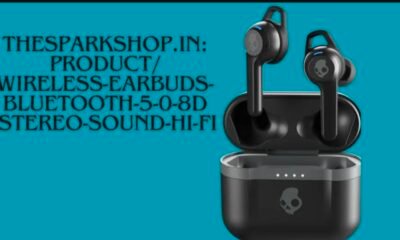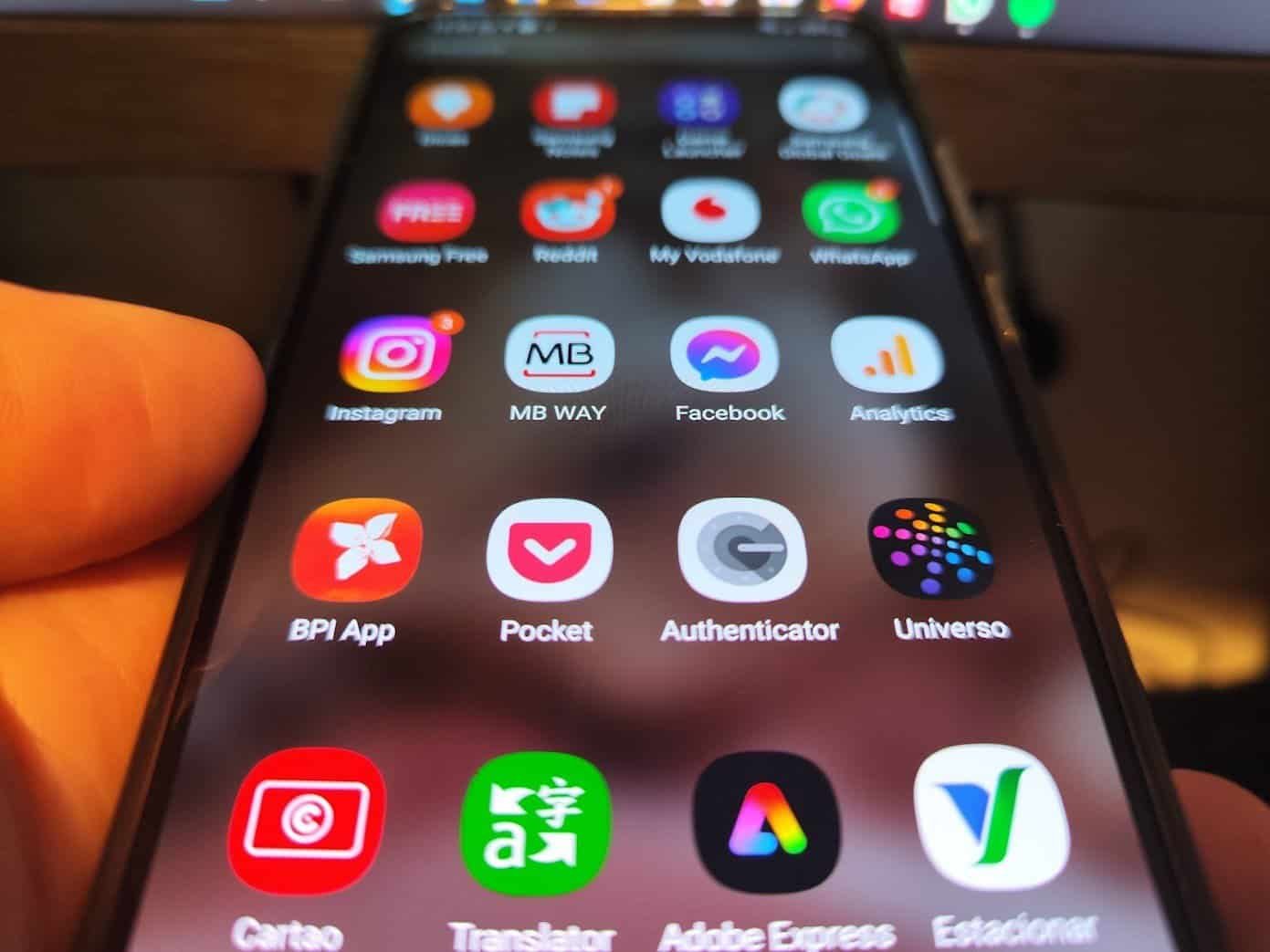Fast charging is a relatively recent addition to smartphones and something that has been regularly updated. This is despite the fact that in terms of battery capacity, everything is somewhat at a standstill. Be that as it may, some smartphones They can be charged from 0 to 100 in less than an hour, which is impressive. However, this doesn’t always work and often it’s not the smartphone or the charger’s fault. That said, if fast charging doesn’t work, check the cable now.
If fast charging doesn’t work, check the cable now!
A typical USB port sends about 2.5W of power to the connected device. Fast charging reaches 15W on the low end, while some go up to 100W. If you want to take advantage of these faster charging speeds, you’ll need to make sure you have compatible accessories.

It’s not just the cable
First, we need to point out that the USB-C cable is just one part of the fast charging equation. The adapter also needs to support fast charging. A compatible cable will not charge your device any faster than if you are using a standard adapter.

If your smartphone supports one of the several fast charging standards, it probably came with an AC adapter and a cable that allows it. If not, you can check which fast charging standard your device supports and find compatible accessories. This is a good idea to watch carefully. Mainly because many of the latest devices no longer come with a charger and we really have to look for one that guarantees good speeds.
How do you know if a cable is Fast Charging?
There are a few things you can do to check if your existing cables support fast charging. First, you should start by checking the packaging of your smartphone or looking online.

If your smartphone came with a USB-C fast charging cable, the specifications are listed in the box or online. So it can say “Fast Charging”.
Another easy thing to check is the thickness of the cable. Fast charging cables tend to be a little thicker than regular cables. Therefore, a cable that is very thin will hardly support the energy necessary to provide fast charging.

In fact, this is something that happens more often than you think. People lose the original cable, they find a random cable that is lying around at home, in most cases it is very thin and fast charging stops working.
However, it is known that your adapter AC supports fast charging, you can use your smartphone to make sure the cable is also charging quickly. iPhone and Android can use an application called Ampere to see real-time voltage measurement. Look for 5V, 9V, 12V, or higher. Some Android smartphones will also place “Quick Charging” on the lock screen.
In general, it’s a good rule of thumb to religiously save USB-C cables and adapters that are made specifically for your smartphone. In most cases, this will ensure the fastest speeds possible.

 Business9 months ago
Business9 months ago
 Entertainment9 months ago
Entertainment9 months ago
 Business8 months ago
Business8 months ago
 Tech4 months ago
Tech4 months ago












